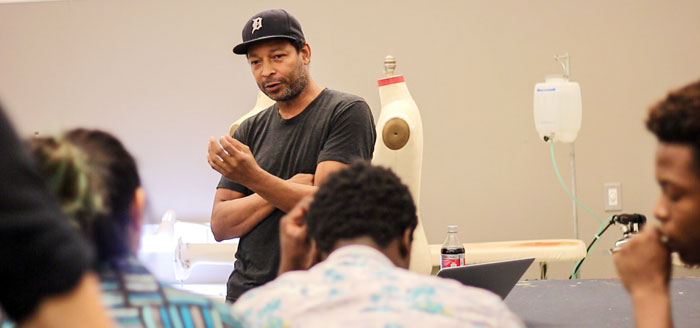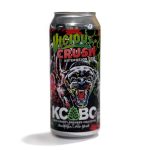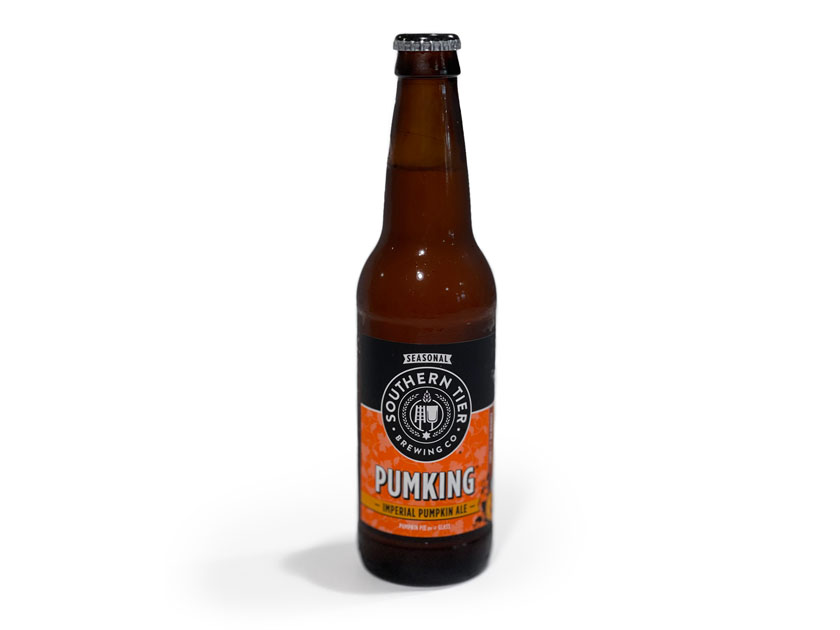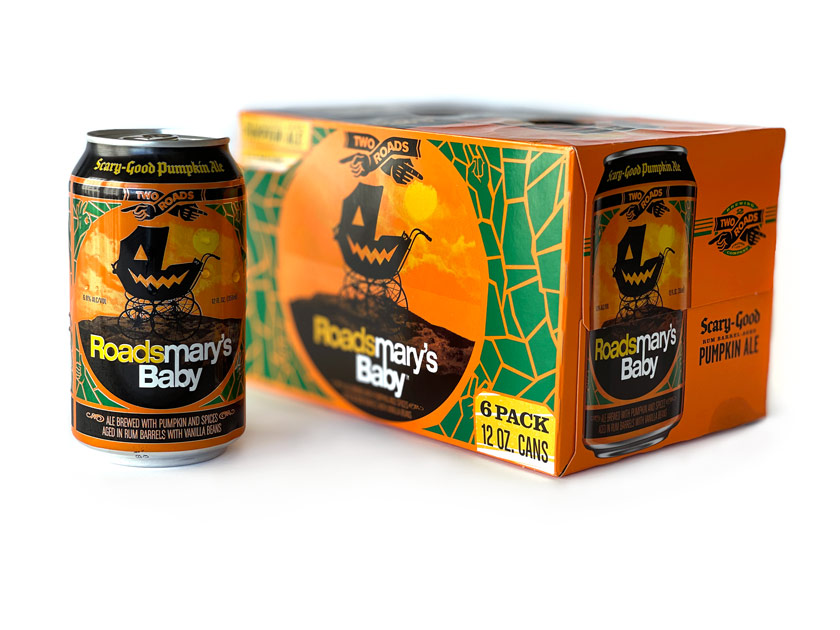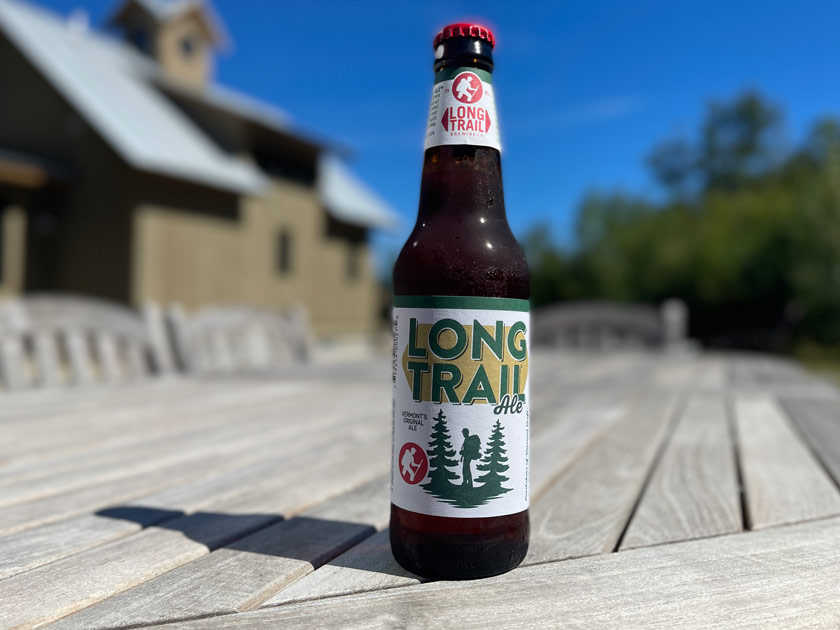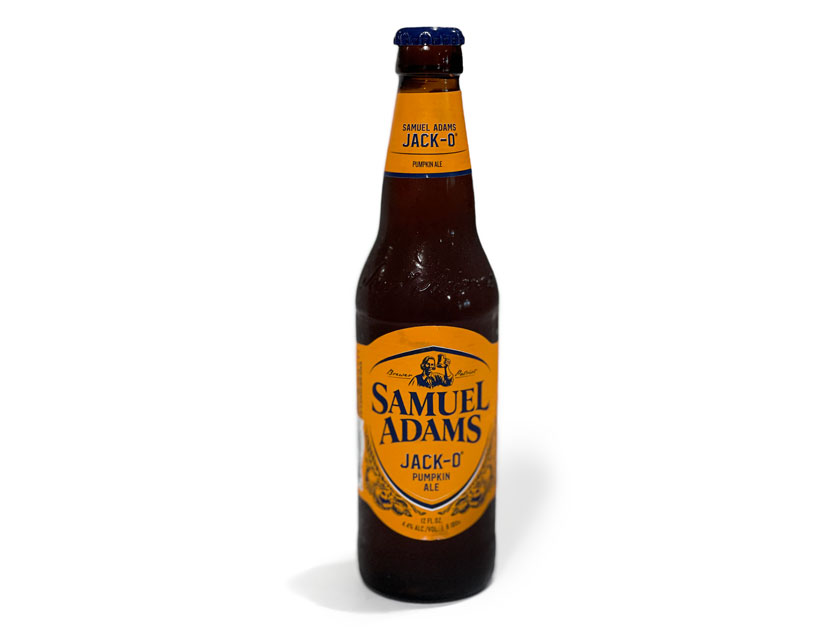
The Voodoo Ranger Atomic Pumpkin ale is Spicy. Very Spicy. First thoughts: nutmeg, cinnamon. There’s a burning in my chest—habanero. It tingles going down my throat. I’m having a beer.
Atomic Pumpkin is a very descriptive name for this beer. Is it good? If you like a little punishment while you catch a buzz, I’d say this is a good beer for you. It’s definitely different from everything I’ve tasted thus far.
Founded in 1991 in Fort Collins, Colorado, Atomic Pumpkin is brewed by New Belgium Brewing Company, which now has a location in Asheville, North Carolina. This beer is going fast. To find a retailer near you, use New Belgium’s beer finder.
- Pumpkin Ale
- 6.4% ABV
- Seasonal
- Available in 12-oz Cans (6 packs)
- Colorado-Based Micro Brewery
- 10 IBUs

